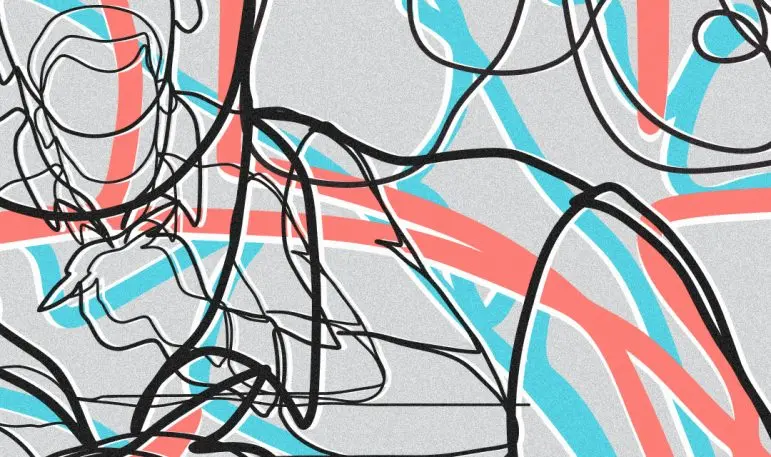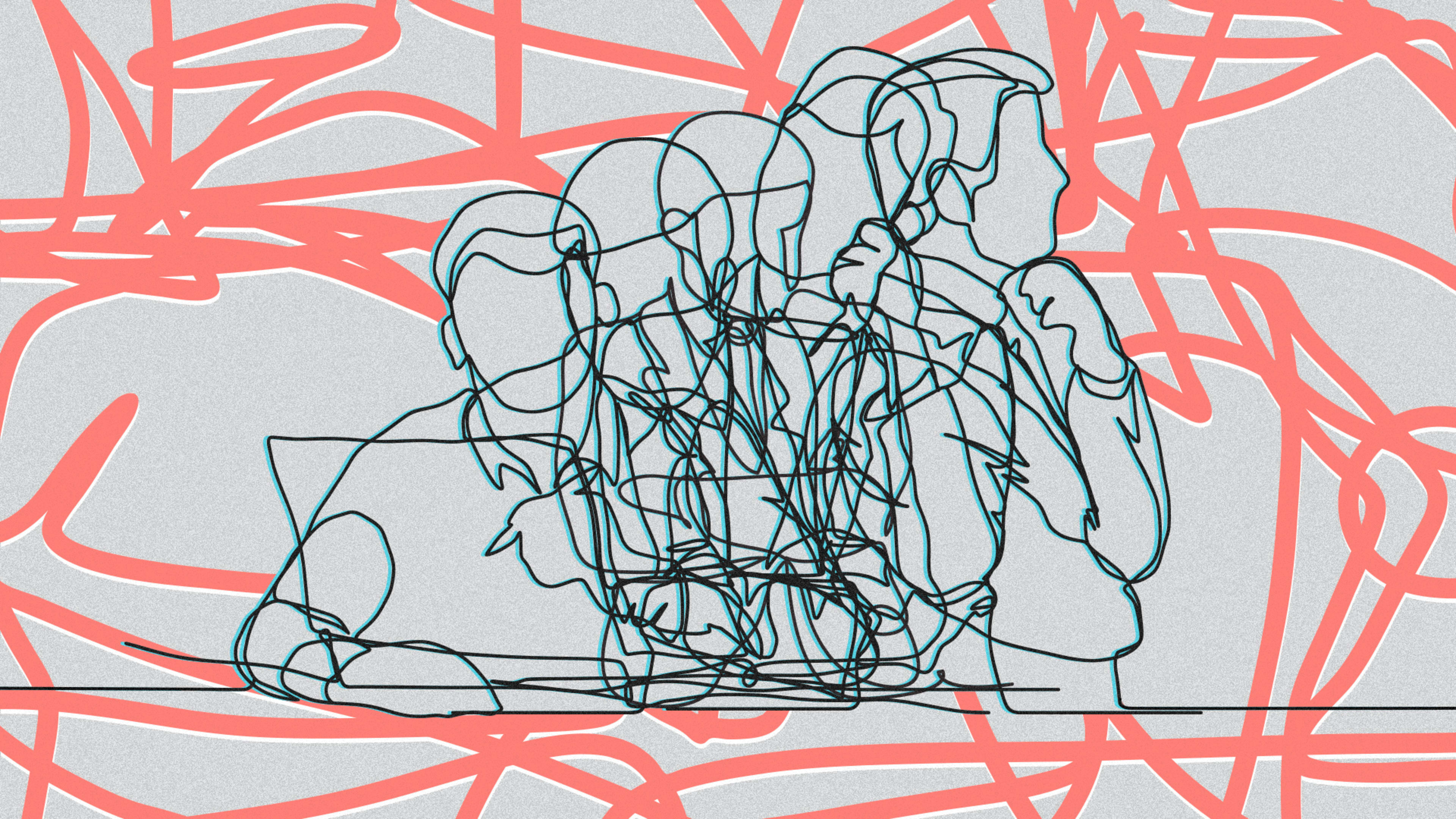“Science Finds–Industry Applies–Man Conforms.” That was the motto of the Chicago 1933 International Exposition. I used it as the epigraph of my 1993 book, Things That Make Us Smart, suggesting that it be flipped to read “People Propose, Technology Conforms.” I have helped develop design principles that make technology easier to use and understand, principles that evolved into my book Design of Everyday Things, and that today are called human-centered design.
But if these principles are so powerful and useful, why do they continually have to be taught and retaught? Why does each new industry repeat the failures of earlier industries? I now realize that my approach was wrong: We were addressing the symptoms, not the core, fundamental issues. The phrase “man conforms” is technology-centered, rather than people-centered. That much is obvious, but what was not so obvious was how much this view has permeated everything we do.

We have unwittingly accepted the paradigm that technology comes first, with people relegated to doing the actions that the machines cannot do. This requires people to act like machines, ever ready to take over when things go wrong.
As a result, we require people to do tedious, repetitive tasks, to be alert for long periods, ready to respond at a moment’s notice: all things people are bad at doing. When the inevitable errors and accidents occur, people are blamed for “human error.” The view is so prevalent that many times the people involved blame themselves, saying things like “I knew better” or “I should have paid more attention,” not recognizing that the demands of the technology made these errors inevitable.
Over 90% of industrial and automobile accidents are blamed on human error with distraction listed as a major cause. Can this be true? Look, if 5% of accidents were caused by human error, I would believe it. But when it is 90%, there must be some other reason, namely, that people are asked to do tasks that people should not be doing. Tasks that violate fundamental human abilities.

Whenever I wander around a city, I often stop to examine some unique thing I’ve noticed. Why? Curiosity: It’s a natural human trait. My curiosity frequently leads me to insights that have helped me in my career. So why is this wonderful, creative trait of curiosity given the negative term “distraction”?
Cognitive scientists (I am one) have long known that the human nervous system is very sensitive to changes in the environment. As a result, we are naturally curious. This sensitivity keeps us alert to environmental changes, both good and bad, that might affect us. It also allows us to notice novel patterns and opportunities. Curiosity is a great source of creativity, as studies have shown.
Curiosity is, on the whole, a virtue. We have evolved to be curious. Our nervous system is especially sensitive to change, and changes in the environment attract attention. But the technology-centered view labels this natural, creative trait as a liability: Curiosity is renamed as distraction. A human virtue is now turned into a liability.
Worse, many businesses have learned to exploit our curiosity. The continual bombardment of tantalizing tidbits of information deliberately designed to grab our attention away from other, potentially more valuable activities are distractions that can lead to accidents, injury, and interpersonal problems. What kind of business exploits curiosity for its own ends? Almost any business that discovers there are profits to be made by continually engaging people’s curiosity, hopes, and interests. For example gambling, computer games, social networks, and even television series that can go on and on, week after week, year after year, trapping their viewers into addiction.

Just think about your life today, obeying the dictates of technology–waking up to alarm clocks (even if disguised as music or news); spending hours every day fixing, patching, rebooting, inventing work-arounds; answering the constant barrage of emails, tweets, text messages, and instant this and that; being fearful of falling for some new scam or phishing attack; constantly upgrading everything; and having to remember an unwieldly number of passwords and personal inane questions for security, such as the name of your least-liked friend in fourth grade. We are serving the wrong masters.
We need to switch from a technology-centric view of the world to a people-centric one. We should start with people’s abilities and create technology that enhances people’s capabilities: Why are we doing it backwards?
We have turned the positive trait of curiosity into two negative ones. One is that of distraction, leading to accidents; the other is that of following the trails on enticement leading to addiction. We have our priorities completely wrong.

We must change our mind-set from being technology-centric to become people-centric. Instead of starting with the technology and attempting to make it easy to understand and use, let us take human capabilities, and use the technology to expand our abilities. We need to return to one of the core properties of human-centered design: solve the fundamental issues in people’s lives.
Don Norman is director of the Design Lab at the University of California, San Diego. He has degrees in electrical engineering and psychology. He joined UC San Diego in 1966 and has been chair of the department of psychology and cofounder and chair of cognitive science. He left UC San Diego and became vice president of advanced technology at Apple, and later, professor of computer science at Northwestern, where he cofounded and codirected the Segal Design Institute. He returned to UC San Diego in 2014 to start the Design Lab. He is the author of 18 books, translated into 24 languages, including Design of Everyday Things and Emotional Design.
Recognize your brand’s excellence by applying to this year’s Brands That Matter Awards before the early-rate deadline, May 3.
